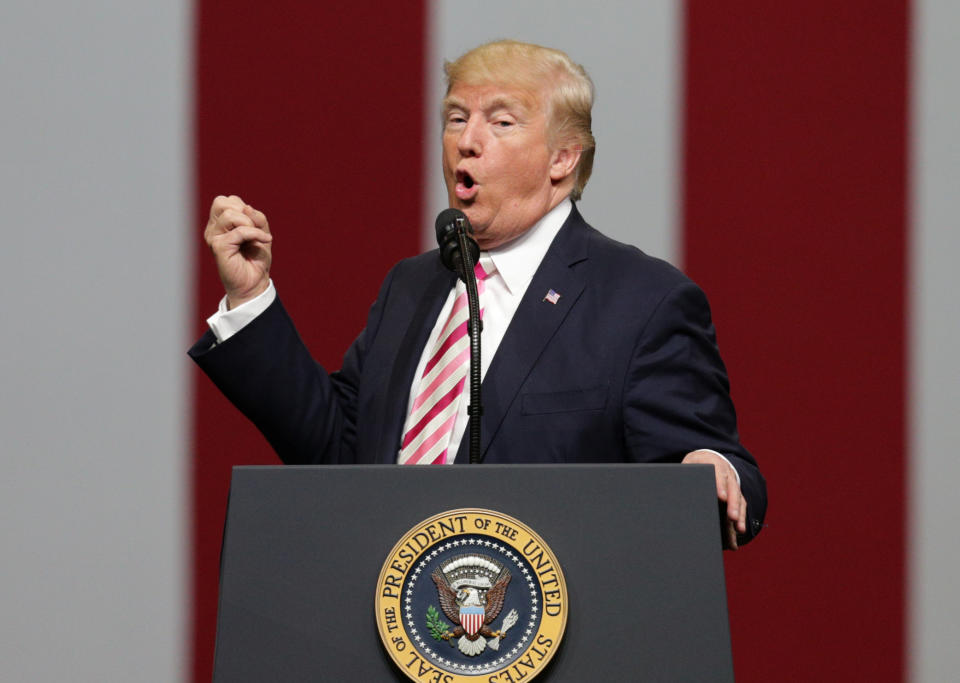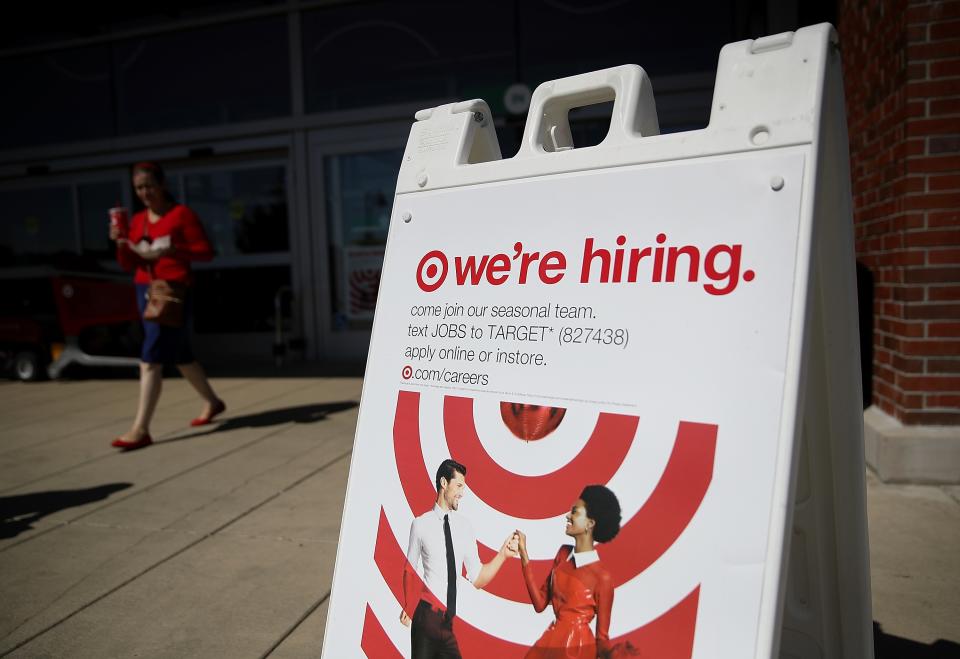Consumer confidence and home prices — What you need to know in markets on Tuesday
After tech stocks were hit hard on Monday, investors will look for a rebound among the market’s high-flyers this year as well as contend with data on consumer confidence and home prices, both due out in the morning.
At 9:00 a.m. ET, the August report on home prices from S&P/Case-Shiller is due out and should show price rose 0.2% in July. Then at 10:00 a.m. ET, The Conference Board’s latest consumer confidence gauge is set for release, with economists expecting the report to show the reading at 120 in September, down from 122.9 in August..
Investors will also look for a rebound from the tech sector, which saw a broad sell-off on Monday led by the FAANG names — Facebook (FB), Amazon (AMZN), Apple (AAPL), Netflix (NFLX), and Google (GOOGL) — as both Facebook and Netflix lost more than 4% on the day.
In a note on Monday, analysts at Bespoke Investment Group noted that following the last ten times Facebook lost 4% or more in a given trading day, the stock, on average, has lost 2% the next day.
Likely to remain in the news cycle on Tuesday will be the ongoing tension between President Donald Trump and the NFL, which will hold its final game of the week on Monday evening.

On Monday, we saw Nike (NKE) join Under Armour (UA) in making a statement following Trump’s comments at a rally in Alabama on Friday. Nike, which supplies uniforms to the league’s 32 teams, took a clear stance in favor of players saying, “Nike supports athletes and their right to freedom of expression on issues that are of great importance to our society.”
This, of course, coming against the background of a scramble by Senate Republicans to try and get an Obamacare repeal through by the end of the week and, of course, the market’s old friend — tax reform.
Two stories about the labor market
Right now, the official data on wage growth as measured by average hourly earnings indicates a tepid environment for American workers getting raises.
Meanwhile, readings on the number of jobs open and survey-based commentary on how eager employers are to hire indicate a skills gap in the U.S. economy.
On the one hand, some labor market data indicate that things still aren’t great for U.S. workers who still can’t get a big raise despite an unemployment rate that is near its post-crisis low. On the other hand, some labor market data indicate that workers would be getting raises if only they had the skills employers were looking for.
These stories are in tension with one another. And on Monday, two pieces of news painted a picture of a labor market that appears to be both things at once.
Before the market open, retailer Target (TGT) announced that it would raise the minimum wage in its stores to $11 an hour and move this number to $15 an hour by 2020. This move comes as a number of states have made plans to increase their minimum wage, but also comes at a point of intense competition in the retail business.

The story that Amazon (AMZN) is taking over the American consumer’s life is well-known by now, but in the brick-and-mortar space that is still core to Target’s strategy, competitors like Walmart (WMT) and Costco (COST) pose a bigger threat, not only for sales but for workers.
Costco famously pays its employees above the industry norm, with its highest-paid associates making $22.50 an hour. Walmart also recently announced that its own minimum wage would rise to $10 an hour. To remain competitive with these peers, Target, then, needs to ensure that it compensates employees at a level that prevents high turnover and long, expensive on-boarding processes to keep its consumer experience more attractive.
These developments point to a labor market that cannot supply to major employers the workers they need. In turn, and as economists would expect, these companies increase pay.
But elsewhere on Monday, President Trump signed a memorandum directing the Department of Education to spend at least $200 million a year to increase access to computer science education. Trump’s daughter, Ivanka, said it is “vital” that U.S. students become “fluent in coding and computer science.”

The Financial Times noted that the younger Trump pointed on Monday to the over 6 million jobs open in the U.S. as a catalyst for why increasing education in these areas is essential. As of the latest data in July, there were 6.17 million jobs open in the U.S.
And while there is certainly demand for folks with coding as a core competency in the labor market, STEM — standing for science, technology, engineering, and math — education and computer science have started to become something resembling scapegoats in the excuse-bingo many companies make for not hiring or increasing wages.
Meanwhile, one of the country’s largest retailers, and one that has been struggling alongside the whole industry as the world’s consumption habits move away from its core business line, has raised wages for workers who need no specialized skillset beyond showing up on time before filling a job.
Now, it can be true that there is both a skills gap in the economy and that the labor market has tightened to the point where most people who want a job can get a job.
But what these two current diagnoses also partly miss is that both truths emerge out of a third reality, which is that despite this being the tenth year since the onset of the financial crisis, that economic disruption displaced millions of folks in ways they’ve never come back from. And maybe never will.
And when thinking about the future of the labor market or the current dynamics that, like low inflation, appear to economists and Federal Reserve officials to be something of a “mystery,” we can’t forget the not-so-distant economic reality we all once faced.
—
Myles Udland is a writer at Yahoo Finance. Follow him on Twitter @MylesUdland
Read more from Myles here:

